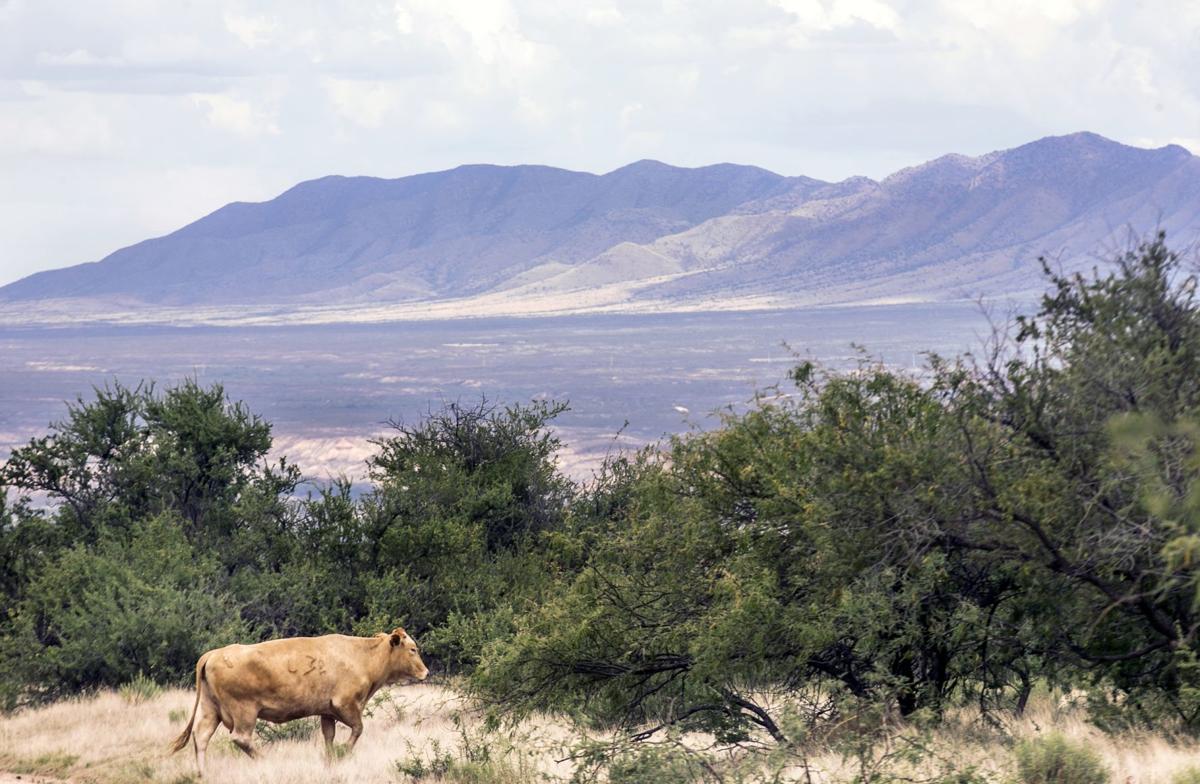A development slated to bring 70,000 more residents to Benson is yet again entangled in a legal battle.
Environmentalists filed their second lawsuit against the U.S. Army Corps of Engineers last week, challenging its approval of a crucial permit for the 28,000-home Villages at Vigneto project, which opponents say did not receive the level of environmental-impact analysis required by federal law.
The complaint, filed Jan. 31 in U.S. District Court in Tucson, alleges the Army Corps violated the National Environmental Policy Act and the Clean Water Act in failing to comprehensively assess the impacts of the entire 12,200-acre project before approving the permit, and instead opting to only look at impacts to 1,919 acres.
An Army Corps spokesman said the agency can’t comment on pending litigation.
Mike Reinbold, spokesman for Phoenix-based developer El Dorado Holdings, did not respond to a request for comment.
The plaintiffs in the lawsuit — the Lower San Pedro Watershed Alliance, Sierra Club, Center for Biological Diversity, Tucson Audubon Society, Maricopa Audubon Society and Cascabel Conservation Association — say the development’s water use will drain surface water flows along the San Pedro River and St. David Cienega, and harm millions of migratory birds, including listed species.
The same groups sued the Army Corps in 2016 for its failure to engage in required consultation with the U.S. Fish and Wildlife Service about how Vigneto would affect endangered and threatened species. The parties settled when the Army Corps agreed to consult.
The Vigneto master plan envisions an Italian landscape in the Arizona desert and will feature golf courses, recreation centers, a resort, and commercial and office space. “El Dorado’s mission is to develop a dynamic, world-class master planned community that facilitates a socially interactive lifestyle that can only be imagined in other places,” the master plan said.
Vigneto opponents cite research indicating Vigneto’s groundwater pumping could deplete the St. David Cienega, the only marshland left in the San Pedro River’s federally protected conservation area.
The Army Corps’ decision to limit its scope of analysis prior to approving the Clean Water Act permit was based on developer El Dorado Holding’s claim that it doesn’t actually need the permit to develop the property.
If the project could proceed without the permit, then technically the only impacts directly caused by permit approval would be El Dorado’s filling of 51 acres of desert washes allowed by the permit, and the habitat-mitigation activities the permit requires in exchange for that environmental damage, regulators said. So the Army Corps only evaluated the impacts of those specific activities.
Opponents say El Dorado’s assertion is baseless and that by the developer’s own admission, the vision of Vigneto as an interconnected community is impossible without the permit.
Stu Gillespie, attorney for Earthjustice, the firm representing the environmental groups, said the complex transportation system planned for Vigneto couldn’t happen without filling the ephemeral streams that criss-cross the property. It is the Clean Water Act permit that would allow El Dorado to dredge and fill those washes.
Gillespie said Vigneto’s master plan approved by the Benson City Council estimates the project would add more than 237,000 daily vehicle trips and said most of the trips would happen within the community, on its own transportation network. Without the permit, and without that transportation network, Arizona 90 would bear the brunt of those additional trips, causing traffic problems and constraining access for emergency vehicles, he said.
“Everything would come to a standstill,” Gillespie said. “You’d have gridlock delays at every intersection. It really just confirms that this whole notion they could develop the property without that (Clean Water Act) permit is baseless and unfounded.”
Bird- and wildlife-watching is a $1.4 billion industry in Arizona, said Nicole Gillett, conservation advocate for the Tucson Audubon Society, one of the plaintiffs.
“The San Pedro, being the unique habitat that it is for the whole of the Southwest of the United States, is a big draw for birders,” she said. “Any kind of water drawdown will not only damage the habitat and the species reliant on it, but we might also see fewer eco-tourists as a result of that degraded habitat.
“We all benefit from whole and healthy ecosystems,” she said. “It’s not just birds and wildlife. These are resources that, in the end, are going to be our legacy for our kids and anyone that moves to Arizona.”





